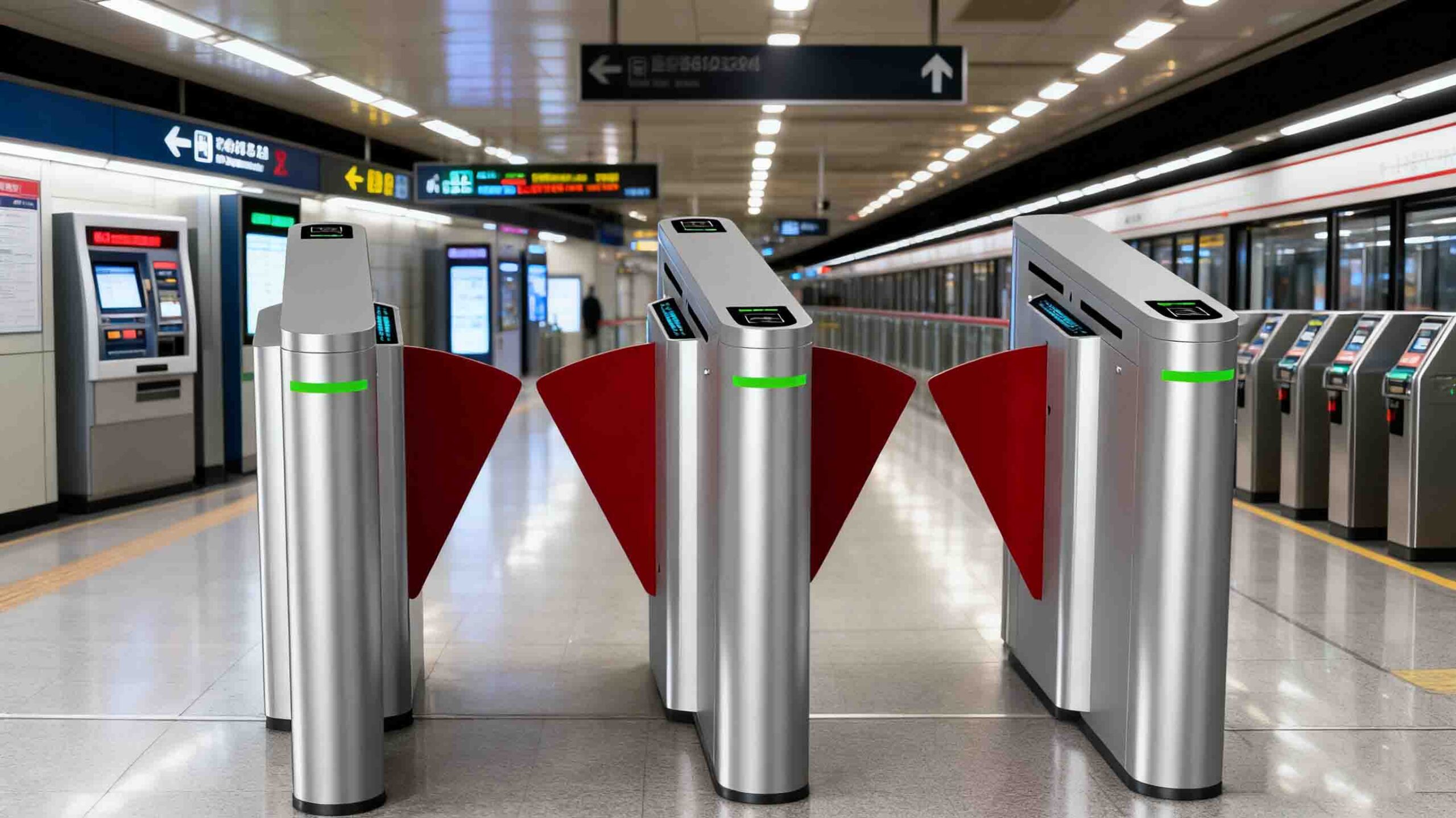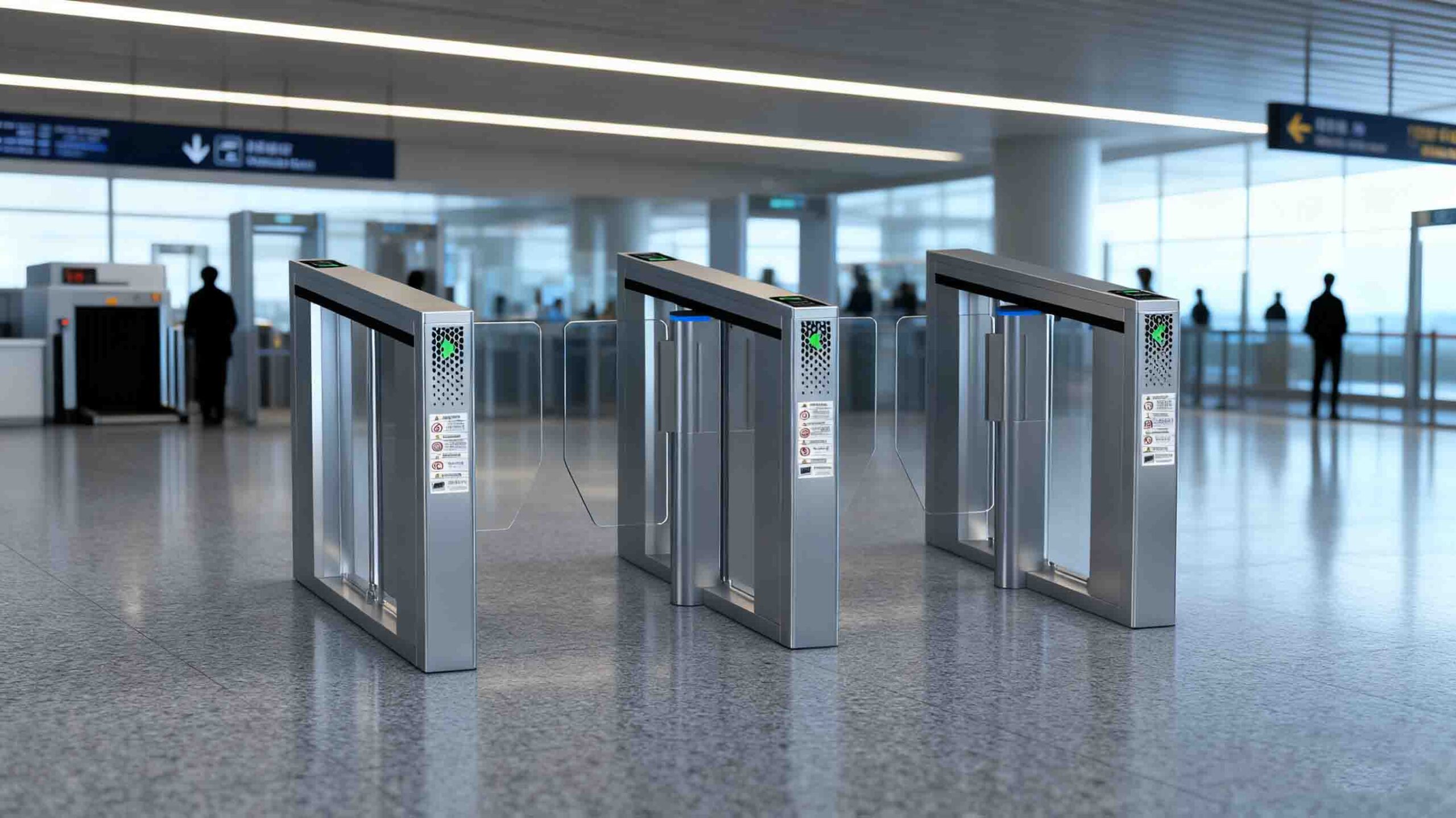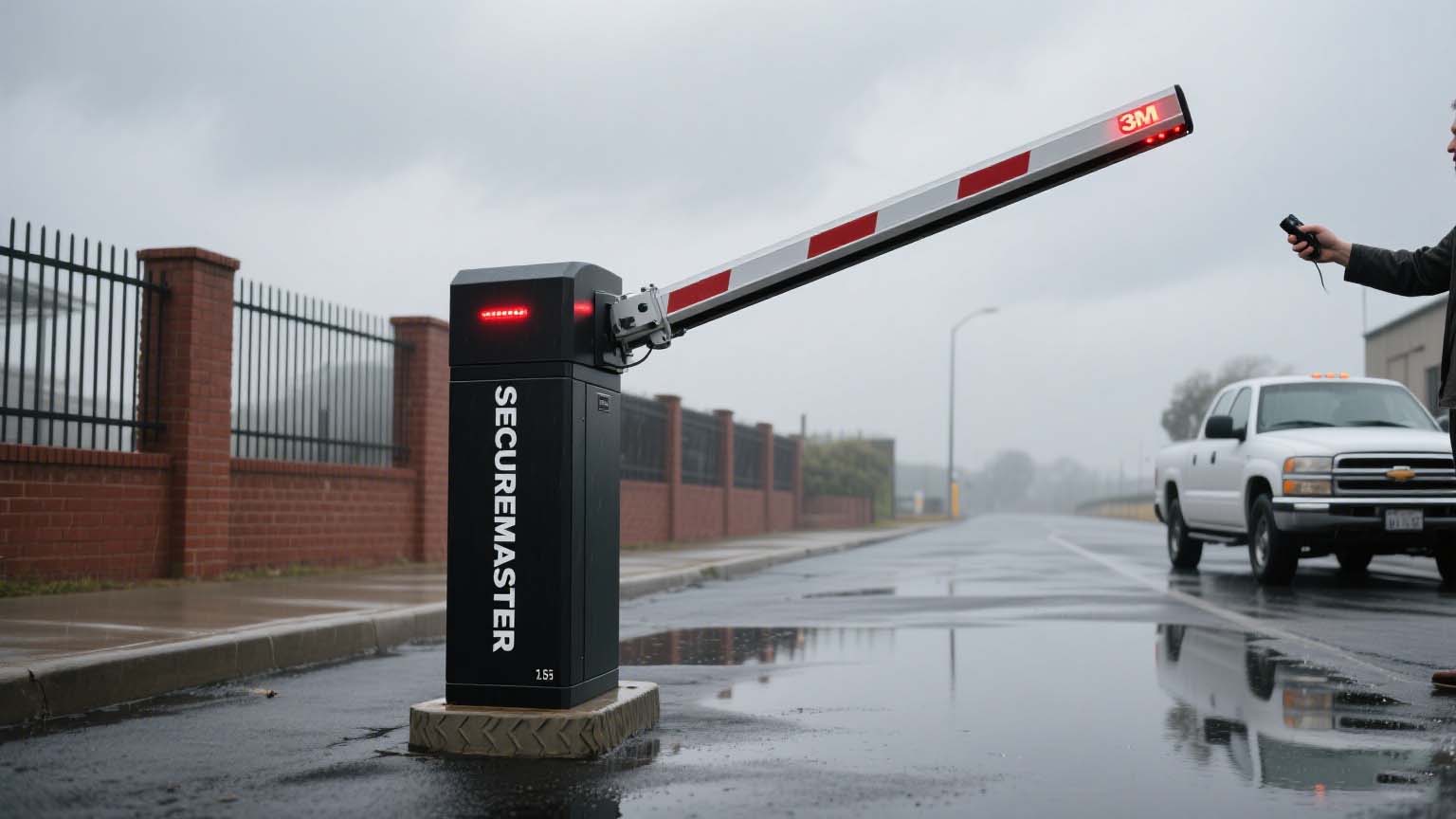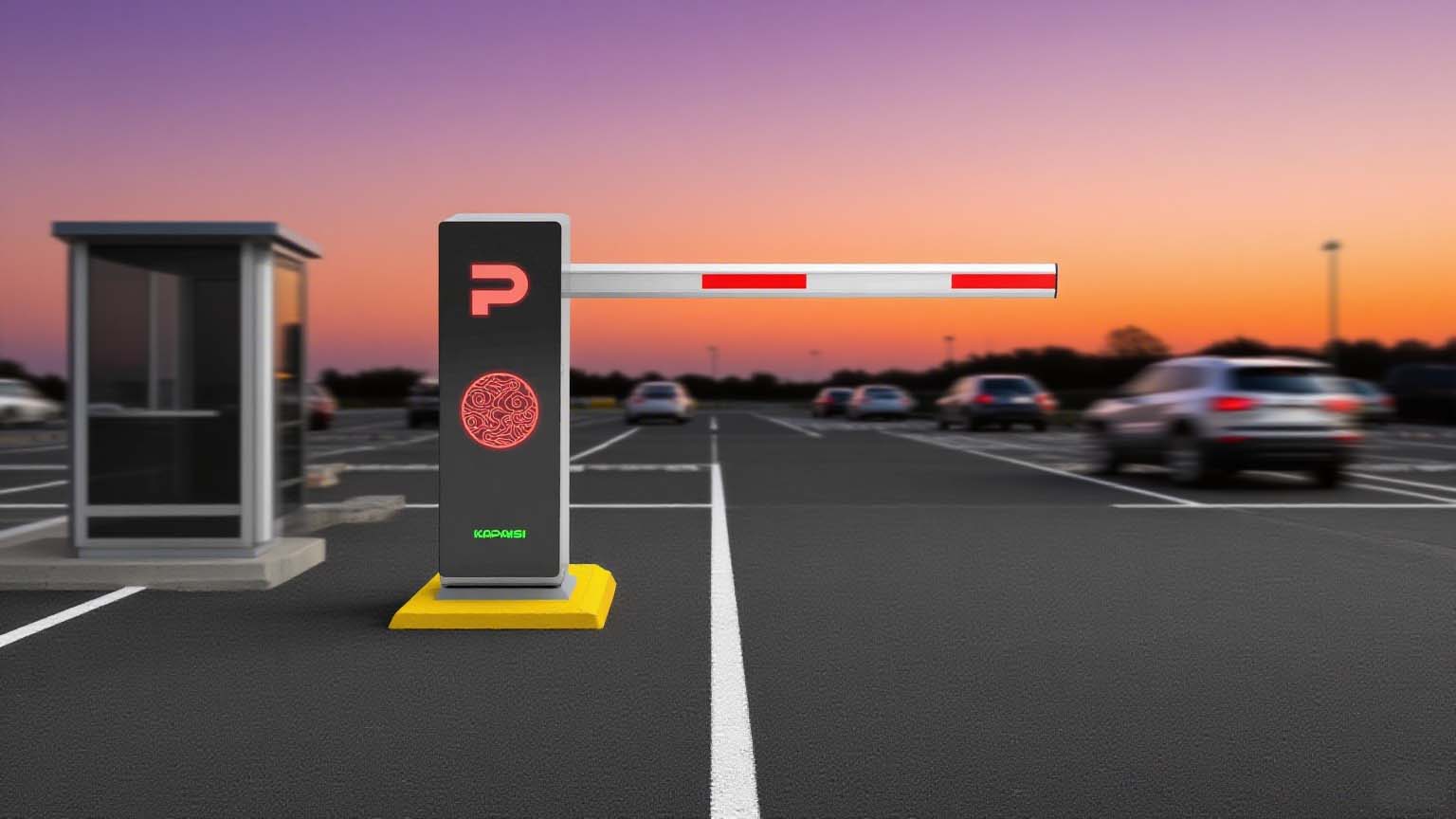Barrier gates are mechanical or electromechanical devices commonly used to control vehicular access at various entry and exit points. You’ve likely encountered a barrier gate at the entrance of a parking lot, toll station, or gated community. These gates act as the first line of security and regulation in many public and private spaces.
Although the term “barrier gate” is widely used, its exact meaning can vary slightly depending on the country, local practices, or specific applications. This article explores the global definitions of barrier gates, their types, common applications, and how their design and functionality may differ by region.
1. Understanding the Basic Definition
A barrier gate, also known as a boom barrier, is typically composed of a horizontal bar or pole (the boom) that pivots to block or allow the passage of vehicles. Operated manually or through automated systems, these gates are integrated with various access control mechanisms like RFID, ANPR (automatic number plate recognition), ticket dispensers, or QR scanners.
The core function of a barrier gate is to manage vehicle flow—whether that means enforcing toll payments, regulating parking lot access, or restricting entry to secure premises.
2. Types of Barrier Gates
2.1. Manual Barrier Gates
These are operated by hand and are usually found in rural or low-traffic areas. They are cost-effective but require human supervision.

2.2. Automatic Barrier Gates
Operated electronically, automatic gates use motors to lift and lower the boom. They are triggered by sensors, remote controls, RFID tags, or license plate recognition systems. These are commonly found in urban parking areas, toll booths, and industrial zones.
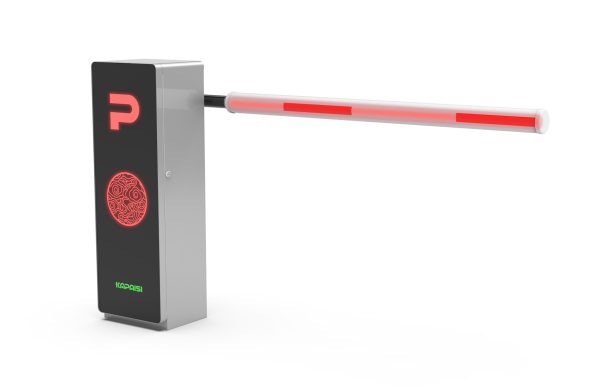
2.3. Folding Barrier Gates
Folding boom gates are designed for areas with height restrictions like underground parking. Instead of lifting vertically, the arm folds inward, saving space.
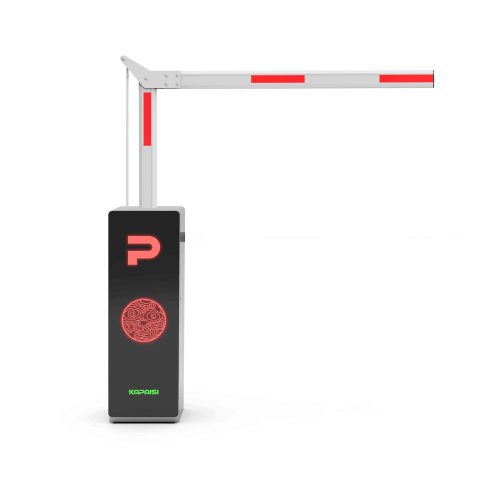
2.4. Fence Arm Barrier Gates
These barrier arms come with vertical bars or a mesh design, preventing pedestrians or cyclists from ducking underneath.
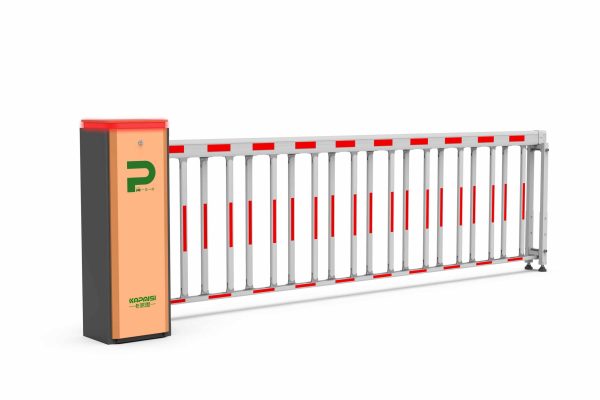
3. Applications of Barrier Gates
- Parking Lot Management
Barrier gates are essential in regulating access, collecting fees, and managing available parking space. - Toll Booths
Used to enforce toll payments on highways and expressways. - Gated Communities & Residential Areas
Ensures only residents and authorized visitors enter the premises. - Commercial Buildings & Offices
Improves security and traffic flow in business districts. - Industrial Areas
Controls truck and vehicle movement, ensuring compliance with logistics operations and safety protocols. - Airports, Hospitals, and Educational Institutions
Improves safety and regulates access to sensitive or private zones.
4. Barrier Gate Definitions Around the World
Barrier gates are globally understood in concept but may differ in terminology, design, and technology depending on regional standards and preferences. Let’s look at how different countries or regions define and use barrier gates:
4.1. United States
In the U.S., the term “barrier gate” or “gate arm” is widely used in parking and security industries. American barrier gates typically comply with UL325 safety standards for automated access systems. High-traffic zones often deploy heavy-duty barrier arms, and the systems are usually integrated with advanced technologies like:
- Access cards or fobs
- Ticket dispensers
- Vehicle loop detectors
- License plate recognition (LPR)
Barrier gates in the U.S. are also commonly associated with toll systems and large event parking management.
4.2. United Kingdom
In the UK, barrier gates are often referred to as “automatic rising arm barriers” or “boom gates”. These systems are widespread across business parks, parking garages, and restricted service roads. The UK places strong emphasis on vehicle and pedestrian safety, so many barrier systems include flashing lights, audible warnings, and safety loops to prevent accidental contact.
Another unique UK application is in Low Emission Zones (LEZ), where gates may enforce environmental compliance.
4.3. Australia and New Zealand
Down under, “boom gates” is the most commonly used term. Australian standard AS 3000 governs electrical installations for automatic gates, ensuring high safety. The infrastructure in Australia often involves solar-powered barrier gates, particularly in rural areas or remote mining operations.
Barrier gates are essential for traffic control during events and in urban planning to manage congestion.
4.4. China
In China, the term “道闸” (dào zhà) is widely used, which directly translates to “road barrier.” China is one of the world’s largest producers and consumers of automatic barrier gates due to the rapid development of urban infrastructure.
Chinese barrier gates are usually integrated with license plate recognition systems and mobile payment technologies (Alipay, WeChat Pay). It’s common for parking barrier gates to operate entirely unmanned in Chinese cities, reflecting a high level of automation.
The design of Chinese barrier gates also often incorporates LED advertising panels, combining access control with revenue-generating ad space.
4.5. Middle East
In countries like the UAE and Saudi Arabia, barrier gates are extensively used in luxury real estate developments, airports, and high-end commercial zones. These regions favor premium barrier systems that are built to withstand harsh temperatures, dust, and sand.
Additionally, integration with ANPR and RFID for high-speed access is popular, especially in smart city initiatives like Dubai’s parking systems.
4.6. India
In India, barrier gates are known simply as “boom barriers” and are commonly seen at toll plazas (managed under the FASTag system), metro station parking areas, and residential societies.
Due to the high traffic density in many cities, India requires fast-operating and durable barrier systems. Budget sensitivity also plays a role, with many Indian installations using semi-automatic systems to reduce costs.
4.7. Europe (General)
European countries use barrier gates under a variety of terms—”barrière levante” (France), “schranke” (Germany), and “barriera automatica” (Italy). The EU places strong regulatory focus on safety, durability, and environmental impact. Barriers in Europe are often part of broader smart mobility projects, including:
- EV charging parking areas
- Integrated traffic management systems
- Bicycle + car shared parking zones

5. Key Features of Modern Barrier Gates
Modern barrier gates go far beyond simple up-and-down functions. New models offer a range of features tailored for high-efficiency and safety:
- Brushless Motors: Silent, durable, and energy-efficient.
- Fast Lifting Speed: As quick as 0.6–1.5 seconds for high-traffic areas.
- Automatic Reverse on Obstruction: Prevents damage to vehicles or harm to pedestrians.
- Integration with Access Control Systems: Including RFID, IC/ID cards, biometric systems, and QR scanning.
- Weatherproof Designs: IP54+ ratings for outdoor installation.
- Remote Monitoring & IoT Connectivity: Enabling cloud-based management and diagnostics.
6. Safety Considerations
Barrier gates, if poorly installed or maintained, can become safety hazards. Therefore, most advanced systems include:
- Photoelectric sensors
- Loop detectors
- Pressure sensors
- Emergency manual release
- Alarm systems
Compliance with local and international standards (such as CE, FCC, ISO 9001) is also essential for safety and reliability.
7. Barrier Gates vs. Other Access Control Systems
While barrier gates are excellent for vehicle control, they are often used alongside other systems:
| System | Primary Use |
| Turnstiles | Pedestrian access control |
| Swing Barriers | High-end pedestrian access |
| Spike Barriers | High-security vehicle control |
| Bollards | Anti-terrorist protection / aesthetics |
| Sliding Gates | Full enclosure of an entry point |
Barrier gates are most effective when used as part of an integrated solution—blending mechanical, electronic, and software elements for maximum efficiency.
Conclusion
The barrier gate, though mechanically simple at its core, plays a critical role in modern infrastructure. As smart cities evolve, so too will the technology behind barrier gates—shifting toward AI-powered recognition systems, cloud-managed controls, and integrated platforms for traffic optimization.
Whether you’re in Los Angeles, London, Beijing, or Dubai, barrier gates will likely continue to evolve into more intelligent, efficient, and sustainable access control tools. Understanding their diverse forms and regional differences is key for manufacturers, city planners, and security professionals worldwide.
Barrier gates are not just about raising and lowering a bar. They’re about security, efficiency, and user experience. As technology advances and urban environments become more complex, the humble barrier gate is poised to play an even more central role in transportation, security, and smart infrastructure globally.


